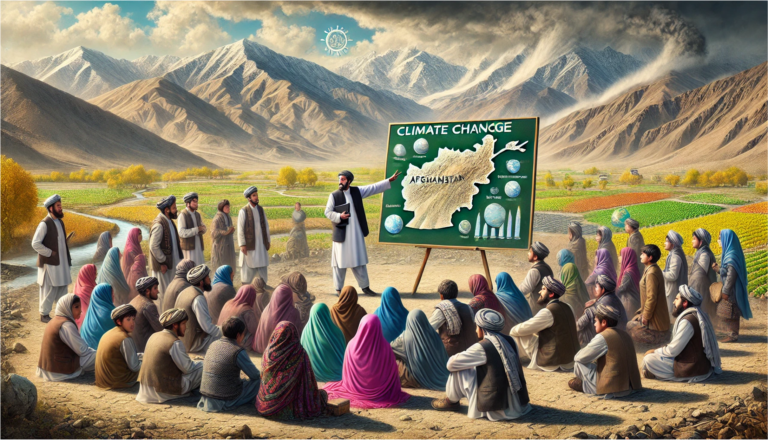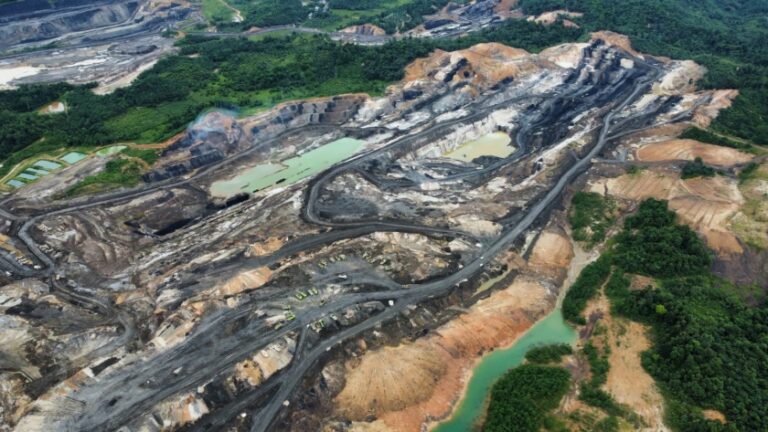The 29th Conference of the Parties (COP29) in Baku marked a significant milestone in international efforts to address the climate crisis. The European Union utilized this platform to reaffirm its position as a leader in global climate diplomacy, as emphasized in its official statement at COP29, calling for a collective increase in climate ambition by all nations (UNFCCC, 2025). Through various ambitious strategies and policies, the EU sought to advance the carbon emissions reduction agenda while strengthening international cooperation (European Commission, 2025).
The European Union has long used climate diplomacy as a crucial tool to strengthen its influence on the international stage. At COP29, its strategy was evident through innovative approaches. One significant step was promoting the success of its internal policies, such as the European Green Deal and Fit for 55. These policies are concrete evidence of the EU’s commitment to achieving carbon neutrality by 2050 (European Commission, 2025). The EU delegation often cited these achievements to encourage other countries to enhance their climate ambitions.
Moreover, the EU continued to prioritize multilateral cooperation in addressing the climate crisis. At COP29, the EU acted as a mediator in complex discussions between developed and developing countries, particularly on issues such as climate finance, loss and damage mechanisms, and technology transfer. This approach demonstrated the EU’s capability to unify diverse interests to achieve inclusive solutions (UNFCCC, 2025).
To further enhance its influence, the EU expanded strategic alliances with developing countries vulnerable to the impacts of climate change. By providing technical assistance and climate finance, the EU not only strengthened its diplomatic networks but also increased its legitimacy in global negotiations. At COP29, the EU renewed its commitment to providing $100 billion annually to developing nations, as noted in the “COP29 Negotiation Summary” published by the UNFCCC (2025), as part of efforts to fulfill longstanding climate finance pledges (UNFCCC, 2025).
The EU’s approach to climate diplomacy at COP29 can be analyzed through the principle of Common but Differentiated Responsibilities (CBDR), a core concept of the United Nations Framework Convention on Climate Change (UNFCCC). This principle emphasizes that while all countries share a common responsibility to address climate change, their obligations should differ based on historical contributions and respective capacities (UNFCCC, 1992).
At COP29, the EU actively utilized the CBDR principle to facilitate discussions between developed and developing nations. The EU acknowledged its historical responsibility as a significant past emitter by offering climate finance and technology transfer to developing countries. This was aimed at helping these nations address the challenges of transitioning to clean energy without compromising their economic development (UNFCCC, 2025).
However, the EU also pushed for greater responsibility from major current emitters among developing countries, such as India and China, to contribute more significantly to global emissions reductions. The EU delegation argued that while the CBDR principle remains relevant, current global dynamics require contributions from all parties, especially economically robust nations like India and China. In COP29 negotiation documents, the EU emphasized the importance of collective efforts to address climate change, highlighting the need for periodic updates to Nationally Determined Contributions (NDCs) to align with the target of limiting global temperature rise to 1.5°C (UNFCCC, 2025).
This approach demonstrates how the EU strives to balance the principles of equity and efficiency in climate diplomacy. By leveraging the CBDR principle, the EU not only reinforces its moral legitimacy on the international stage but also encourages broader participation in global climate action.
In addition to employing the CBDR principle, the EU’s approach at COP29 also reflects the practice of “green diplomacy,” which prioritizes environmental and sustainability issues in international relations. The EU uses the European Green Deal as a policy framework to position itself as a pioneer in global climate action. Through this initiative, the EU not only showcases its commitment to reducing carbon emissions but also offers concrete solutions to other nations, such as energy transition, energy efficiency, and green technology innovation (European Climate Foundation, 2025).
At COP29, the EU leveraged green diplomacy to build strategic alliances with developing countries by providing financial and technical incentives. Initiatives such as increased funding through the Green Climate Fund and the promotion of low-carbon technologies became essential tools in expanding its influence. This approach not only strengthens the EU’s geopolitical position but also promotes the global adoption of green policies.
The EU’s green diplomacy is also evident in its inclusive approach to engaging non-state actors. For instance, the EU collaborates with C40 Cities, a global network of cities committed to climate action, to promote urban sustainability initiatives. Additionally, companies such as Siemens and Vestas have been involved in developing renewable energy technologies supported by the EU, enhancing collaboration between the private sector and public policy. The EU works with private sectors, non-governmental organizations, and local communities to ensure that proposed climate solutions are inclusive at all societal levels. This approach not only increases the effectiveness of climate policies but also creates moral pressure on other nations to raise their ambitions (C40 Cities, 2025).
During COP29, the EU took a leading role in discussions related to carbon emissions reduction. The EU promoted policies focused on energy transition, including the gradual phase-out of fossil fuels and increased investments in renewable energy. These efforts were accompanied by calls for major emitting countries to enhance transparency and accountability in reporting their emissions (UNFCCC, 2025).
The EU also spearheaded initiatives to encourage revisions of Nationally Determined Contributions (NDCs) to align with the 1.5°C temperature limitation target. In this process, the EU emphasized the importance of transparency and consistent reporting as part of the global commitment. This approach aims to ensure that all nations contribute fairly to addressing the climate crisis (UNFCCC, 2025).
Despite its success in leading various initiatives at COP29, the EU faced significant challenges. One major challenge is the gap in access to climate finance, highlighted in the latest UNFCCC report, which reveals that developing countries still receive less than half of the $100 billion annual target promised by developed nations (UNFCCC, 2025). Additionally, a report from the European Climate Foundation notes that domestic pressures from EU member states, such as Germany and Poland, regarding fossil fuel dependency, have slowed the adoption of more ambitious policies (European Climate Foundation, 2025).
Another significant challenge is the disparity between developed and developing nations. The EU often faces criticism from developing countries demanding accountability for historical emissions by developed nations. This criticism poses a substantial challenge in building trust and inclusive cooperation (UNFCCC, 2025).
The EU also struggles with internal pressures to fulfill its climate finance commitments. Economic constraints in some member states frequently hinder the provision of adequate funding for mitigation and adaptation projects in developing countries. Meanwhile, geopolitical competition with major actors such as the United States and China further complicates negotiations (European Commission, 2025).
Through its engagement at COP29, the European Union demonstrated how climate diplomacy could be strategically used to lead the global carbon emissions reduction agenda. By leveraging ambitious internal policies, building strategic alliances, and prioritizing multilateral cooperation, the EU successfully reinforced its position as a leader in climate action.
However, geopolitical challenges and disparities between developed and developing nations remain obstacles that need to be addressed. COP29 in Baku serves as evidence that climate leadership requires commitment, inclusive collaboration, and concrete actions to tackle the global climate crisis. With approaches based on the principles of CBDR and green diplomacy, the EU has created a framework that is not only ambitious but also strategic in fostering greater global participation in climate action.
References:
- European Commission. (2025). European Green Deal: Progress Report 2025. Retrieved from https://ec.europa.eu.
- UNFCCC. (2025). COP29 Negotiation Summary: Commitments and Financial Contributions. Retrieved from https://unfccc.int.
- European Climate Foundation. (2025). Green Diplomacy and Non-State Actors: The Role of the EU in Climate Leadership. Retrieved from https://europeanclimate.org.
- UNFCCC. (1992). United Nations Framework Convention on Climate Change. Retrieved from https://unfccc.int.
- C40 Cities. (2025). C40 Cities Annual Report: Climate Action in Urban Areas. Retrieved from https://c40.org.










+ There are no comments
Add yours